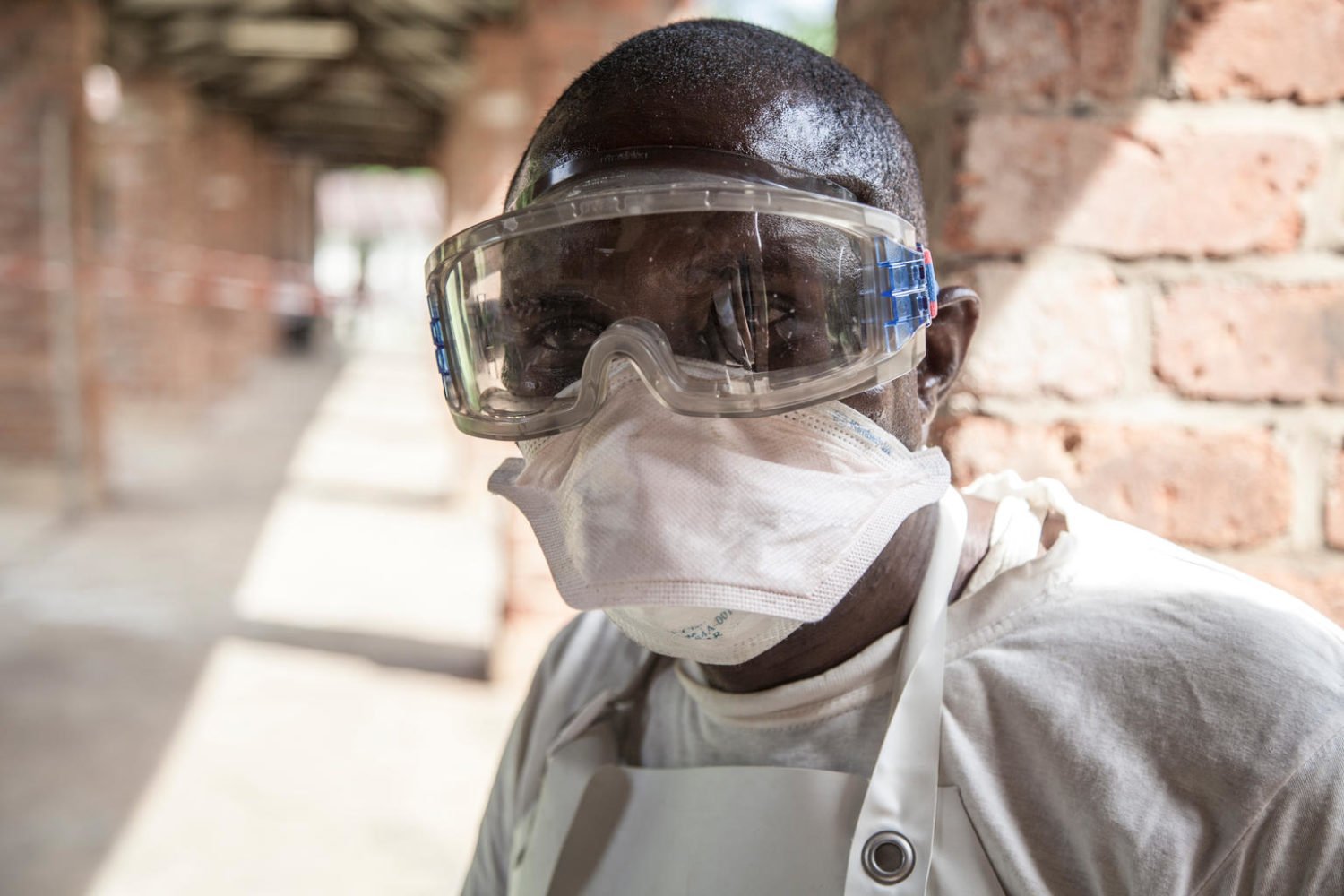The death of a child in Uganda from Ebola he contracted over the border in the Democratic Republic of the Congo marks a major turning point in this outbreak.
The ongoing outbreak in the DRC is the second-worst ebola outbreak in world history, behind the devastating 2014 outbreak in West Africa. This DRC outbreak has sickened over 2,000 people and killed over 1,300 people, with little sign that it is slowing down.
So far, those deaths have been confined to the DRC. But this case represents the first time that this outbreak has crossed an international border. So long as this outbreak is not brought under control, it will probably not be the last time.
A calm and collective response, lead by the United States, helped end the last major outbreak. Panicky and isolationist know-nothingism could exacerbate this one.
In the height of the 2014 ebola outbreak the Obama administration made a key decision to lead a global coalition that was able to bring this crisis to a heal. The US military was tapped to lend logistical support. USAID, the US Centers for Disease Control and Prevention and a host of non-government deployed health workers to hot zones. The idea was to leverage US expertise and leadership to contain and end the outbreak in Liberia, Sierra Leone and Senegal before it could spread beyond West Africa — potentially even to the US. The US was engaging in a form of enlightened self-interest — and it worked. US leadership helped bring the outbreak to an end.
However, against the recommendation of health officials, some state governments in the US sought to enact long quarantines of American doctors and nurses upon their return to the United States. This included the Cuomo administration in New York and Christie administration in New Jersey. Both governors succumbed to a kind of panicky-know nothingism. They ignored the advice of health officials who cautioned that these quarantines were both medically unnecessary and also likely to make the outbreak worse by deterring doctors and nurses from deploying to the source of the outbreak in West Africa.
The ebola outbreak was an instance in which the personality of the president was profoundly influential in how the government responded. Obama’s calm demeanor served as a foil to often-times hyped up media narratives that seduced other political leaders. While some government officials, like Christie and Cuomo, succumbed to the panic, Obama’s level-headedness informed the US government decision to keep borders open, enact no travel bans, and continue to deploy US personnel to the ebola hotspots in Africa.
This, of course, raises the question of how the current president’s personality traits might inform how the US government responds to the international spread of ebola?
A president who stokes panic, spreads conspiracy theories on social media, enacts travel bans, and expresses disdain for people living in parts of the world directly affected by this outbreak might suggest that the United States cannot not be counted on to lead a robust international response to halt the spread of this outbreak should it get much worse.
PODCAST: Listen to this interview with a health worker in the Democratic Republic of Congo. Karin Huster, the field coordinator for Medicins Sans Frontiers/Doctors Without Border in the DRC speaks to me from the city of Goma, the largest city in the eastern part of the DRC.
